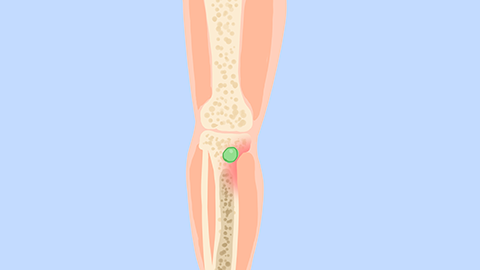What are the indicators for judging good bone marrow sampling?
Indicators of a successful bone marrow aspiration include normal appearance of the aspirate, abundant bone marrow particles, appropriate number of nucleated cells, intact cellular morphology, and presence of megakaryocytes. These factors collectively ensure the specimen meets subsequent diagnostic requirements. If persistent bleeding, swelling at the puncture site, or systemic discomfort occurs after bone marrow aspiration, prompt visit to a hematology department is necessary.

1. Normal appearance of bone marrow fluid: Normal bone marrow aspirate appears light red and viscous, without dilution by bright red blood, impurities, or necrotic tissue. Abnormal appearance may indicate improper sampling location or underlying bone marrow pathology.
2. Abundant bone marrow particles: The smear should show numerous bone marrow particles measuring 0.5–2 mm in diameter. These particles contain various hematopoietic cells and reflect normal bone marrow hematopoietic activity. Absence of such particles may compromise diagnostic accuracy.
3. Appropriate number of nucleated cells: The number of nucleated cells under microscopy should be moderate—neither too few (which limits evaluable material) nor too many (which causes cell overlap). The ratio of nucleated cells in bone marrow should fall within the normal range compared to peripheral blood.
4. Intact cellular morphology: Myeloid cells, erythrocytes, lymphocytes, and other hematopoietic cells on the smear should exhibit clear and well-preserved structures without fragmentation or distortion. Abnormal morphology often results from improper sampling technique or specimen handling errors.
5. Presence of megakaryocytes: Megakaryocytes are unique hematopoietic cells found in bone marrow. A normal sample should contain 5–30 megakaryocytes per smear. Their absence may suggest incorrect sampling site or abnormal hematopoiesis.
In daily care, avoid pressing on the puncture site. Limit movement of the affected limb for 1–2 days after the procedure. Increase intake of vitamin-rich foods, monitor skin condition around the puncture site, follow up as scheduled per medical advice, and contact your physician promptly if any abnormalities occur.






